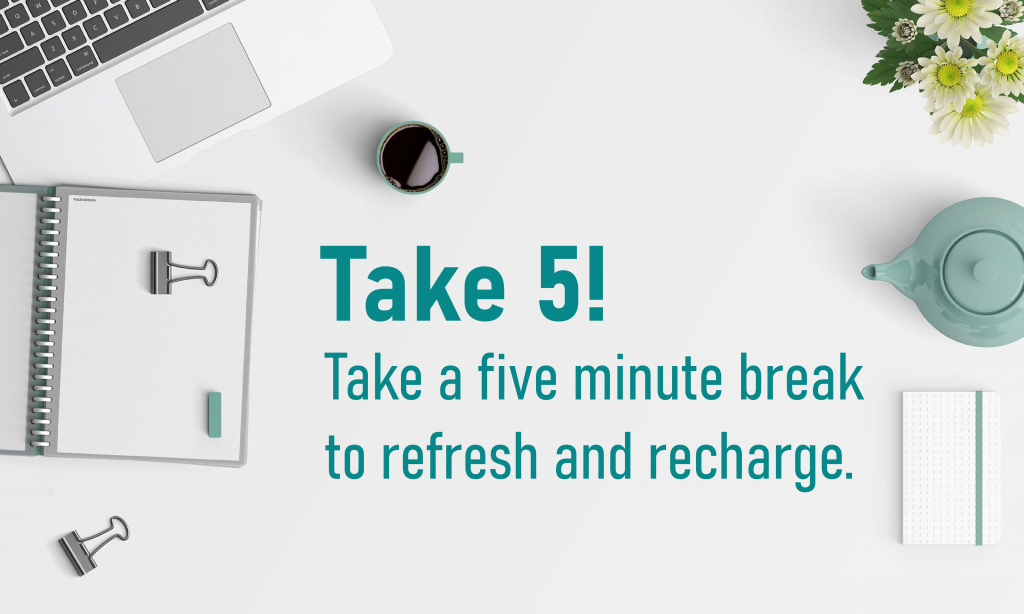Part 2 of 3: Examine Values in Conflict (contd.)

Now that you have a general understanding of values and why they are relevant for your practice, let us look at what happens when values conflict. Despite the importance of shared values and the creation of professional standards, a mismatch of values can still occur. That is, values may conflict. These conflicts can arise owing to a misalignment between personal and organisational values or when one feel’s that an agency’s published values and how those values are demonstrated in reality don’t seem to match. Sometimes personal values can be at odds with those of other colleagues (owing to personal views, cultural backgrounds and even religious views).
This is also true for the helping professions where not only practitioners but also students find themselves in circumstances that characterise value incongruity (Comartin & Gonzalez-Prendez, 2011; Osteen, 2011; Valutis & Rubin, 2016). While an in-depth examination of value conflicts is beyond the scope of this resource, and likely to be covered as part of your other studies, it is important to note that it is not uncommon to face such conflicts. This however, does not take away the discomfort that comes with being in such a circumstance. Research shows that incompatibility between values impacts well-being, commitment to an organisation, productivity and motivation at work (Arieli et al., 2019; Finegan, 2000). Reflecting on these incongruencies and employing strategies to manage the consequences is an essential part of being a practitioner.
When a conflict in personal and organisational values occur on placement, it is important to reflect upon them and discuss these with a supervisor. For example, you may feel that your personal values and those of your host agency are at odds. This may cause conflict and stress and impact your performance. Personal reflection and supervision can be helpful to determine whether the feelings of conflict are justified and can help build resilience in new environments (Grant & Kinman, 2012). Reflection and supervision can help you explore ways to be adaptable in new environments while also developing a greater understanding to enable further investigation of the impact of personal values on your practice (Collins, 2008; Grant & Kinman, 2012; Morrison, 2006). This may lead you to challenge some of your current beliefs and values and develop new perspectives about your professional practice (Sagiv, Sverdlik, & Schwarz, 2011; Tompsett et al., 2016). For example, you may find you challenge a previous assumption about the tasks that should be undertaken by a human services professional. In these situations, it is appropriate to discuss these concerns with a placement or university supervisor.
Linked to the above, the last topic that we will cover is that of selfcare. Research shows that conflict in the workplace is one of the main contributors to high levels of stress. Within Human Services these factors can also include vicarious traumatization and elevated risks of stress owing to care responsibilities and excessive focus on clients and communities at the cost of personal wellbeing (Tan & Castillo, 2014). All of these factors can result in burnout and compassion fatigue (Figley, 1995). Being less than our best for those we serve, we not only are at risk of not doing our jobs well, but can even put clients and communities at risk.
Regardless of the contributing factors, it is important for you as a student and a current or future practitioner to be aware of practice self-care as it is an effective antidote to burnout. It is interesting to note that while self-care in this context is focussed on professional responsibilities, self-care strategies for the professional self and personal self are closely related (Tan & Castillo, 2014). The question then is how to care for the self, and it is certainly easier said than done!
While there are limited comprehensive models for self-care that address the complex needs of the social services or helping professions, there are a number of tools and strategies that you may find useful to add to your toolbox. You are encouraged to discuss self-care strategies with your supervisor. Two well-recognised resources (one from the industry and one academic) are listed below:
- Black Dog Institute
- Skovholt, T. M., & Trotter-Mathison, M. (2014). The resilient practitioner: Burnout prevention and self-care strategies for counselors, therapists, teachers, and health professionals. Routledge.
You will note that the starting point of many of them is to identify practices that can be integrated into our daily routines in simple but meaningful ways. Such an approach can facilitate a sense of balance and holistic living. We wish you all the very best for the final stages of your placement as well as the next steps of your professional development.


